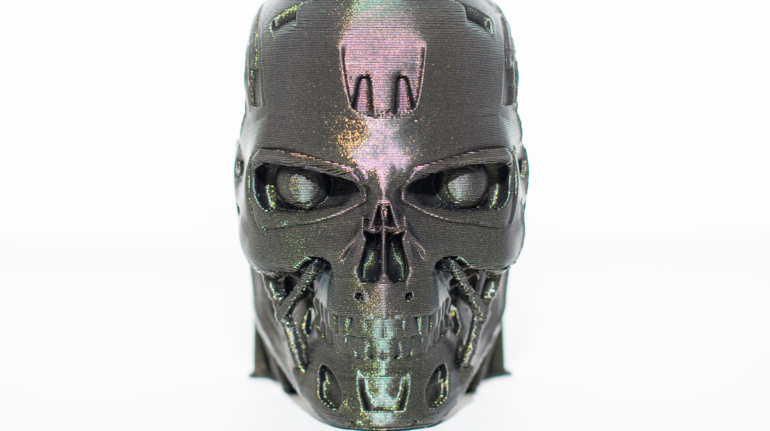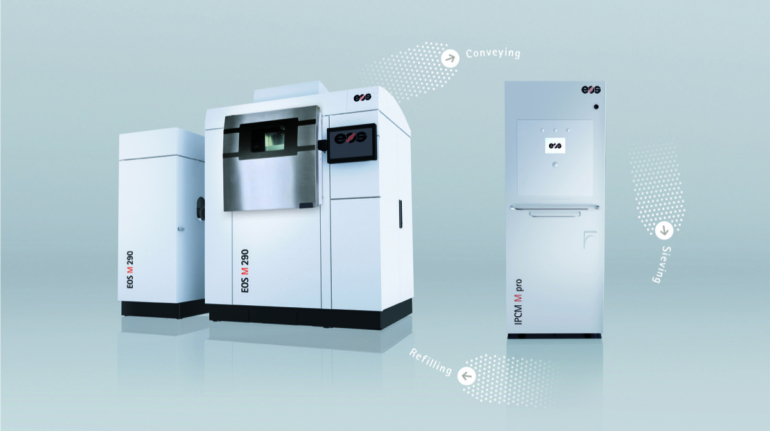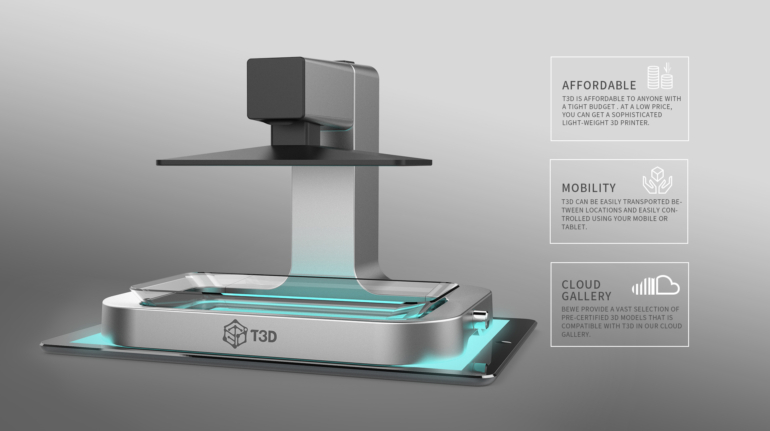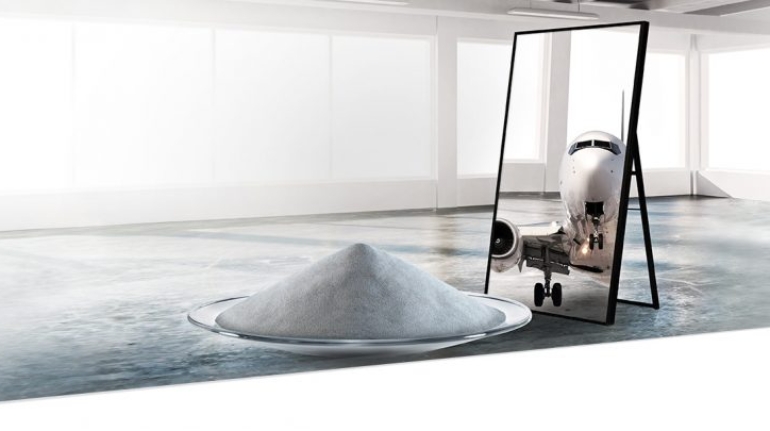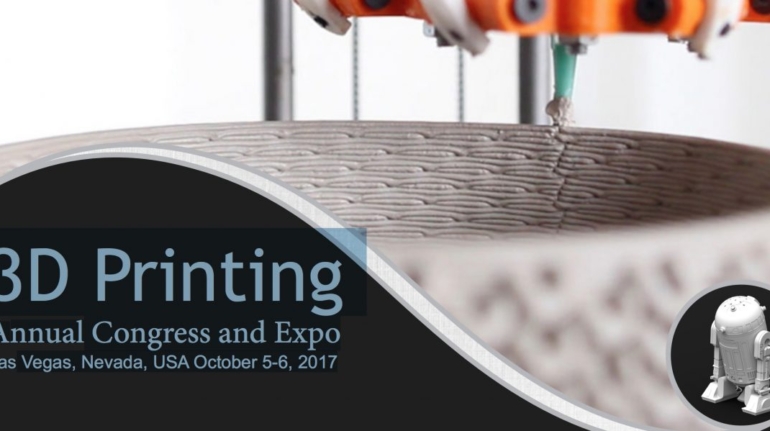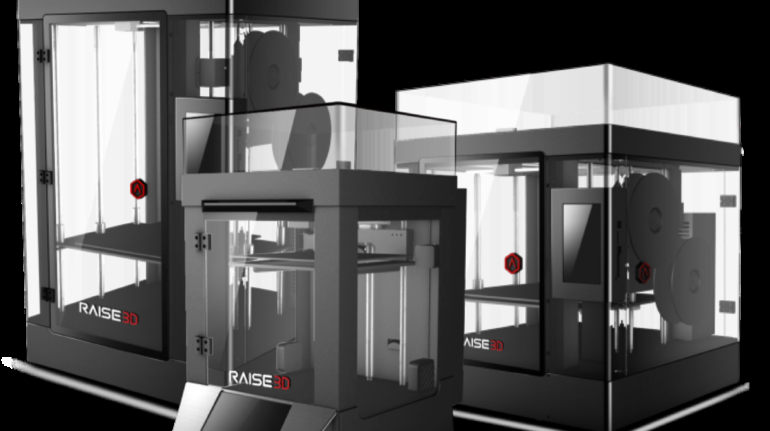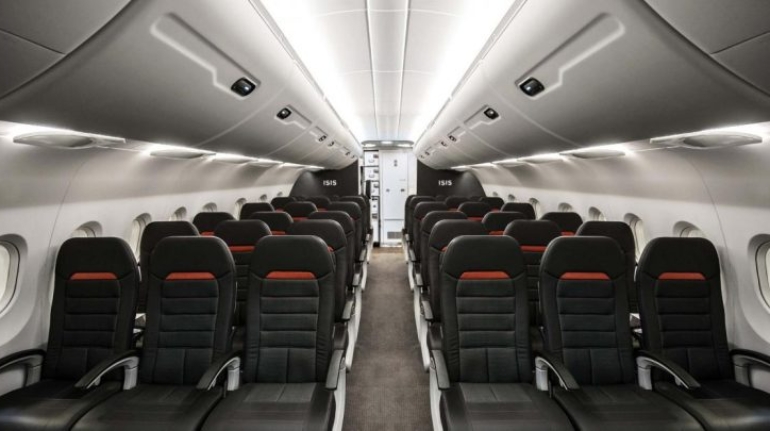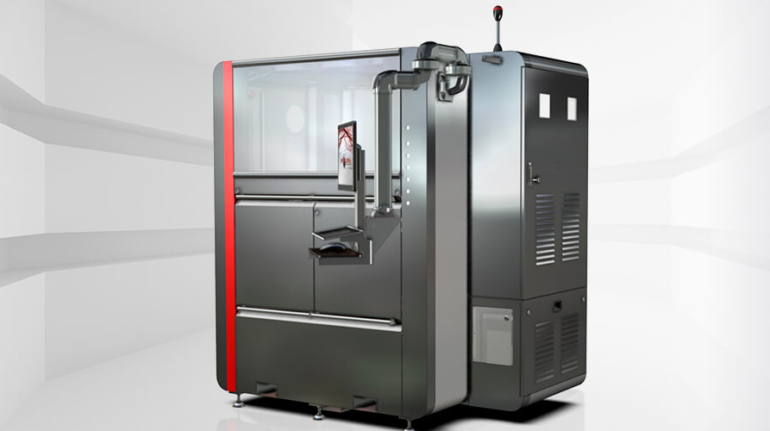FormCell Platform Used to 3D Print Custom Xconomy Awards / Video 3D Printer Hardware
For Xconomy’s first-ever awards gala, the tech media company decided to make custom prizes for the winning Boston-area life sciences companies and individuals, using advanced design software and the FormCell automated production 3D printing platform by Formlabs.


